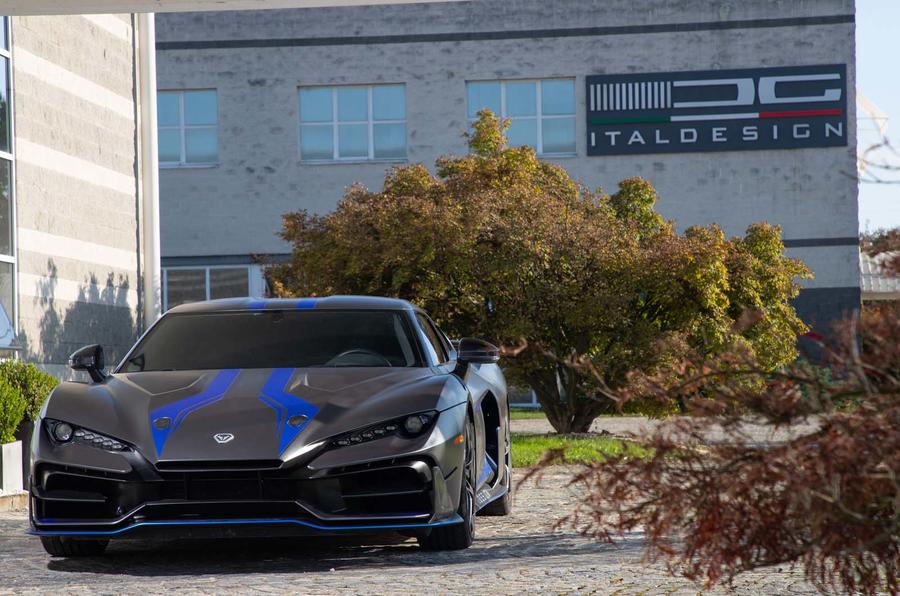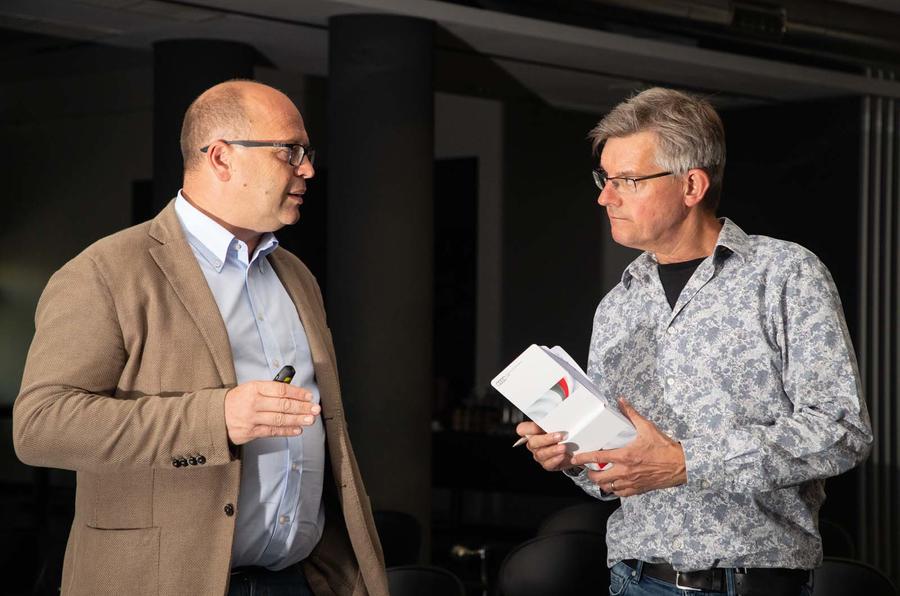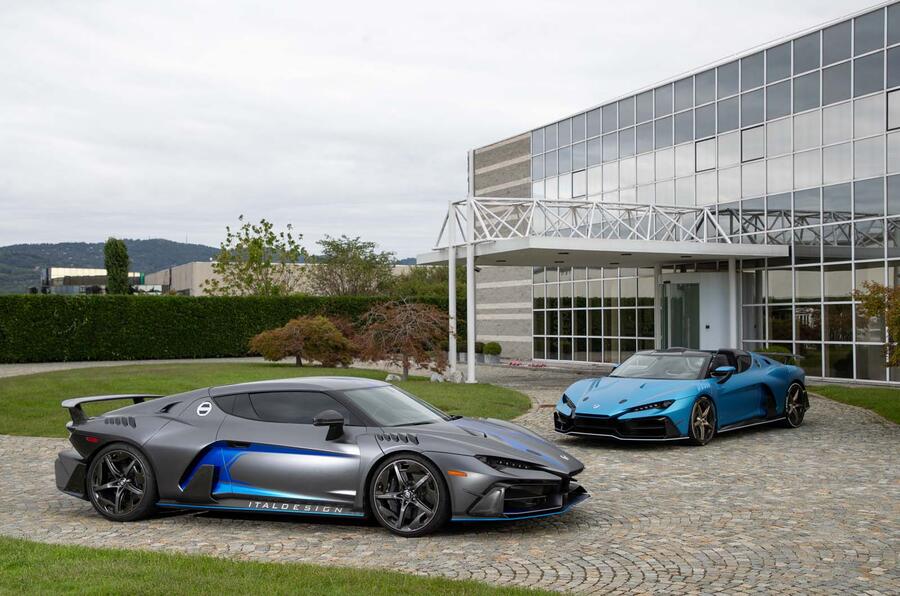This is a scene that has played out many times over the past 70 years. An other-worldly wheeled machine, as low as a dining table and much the same size, ricochets yelping bullets of sound through the scenery as it darts along a thread of road.
Often bright-coloured and gashed with odd-shaped apertures, it frequently leaves a wake of the open-mouthed and curious behind it. They may not know who its creators are, but they’ll know that it’s outrageously fast, outrageously expensive and outrageous to behold.

That scene has just repeated among the vine-ribbed hills around Alba, Asti and Cuneo in Italy, the Italdesign Zerouno gathering clusters of cyclists, smartphone-wielding truckers and gawping hikers as it bounds between villages.
The Zerouno is the latest supercar born out of the Italdesign studios in Moncalieri on the edge of Turin, one of literally dozens of extreme sports cars to have emerged from this temple of creation over the past 50 years. What’s different about the Zerouno, apart from it being extreme enough of construction, speed and price to be classified as a hypercar, is the nature of its industrial-sized mission. All five of these €1.5 million machines (yes, you read that right, and that’s without taxes) are already sold, as are two of the final five of the targa-roofed Zerouno Duertas.
That mission is to be a high-speed calling card for Italdesign, whose remit has changed. You may recall that this achievement-rich Italian vehicle design and engineering business, founded in 1968 by designer Giorgetto Giugiaro and engineer Aldo Mantovani, was in 2010 bought by the Volkswagen Group, thus ending its independence while also ensuring that it benefited from a regular supply of work.













































Join the debate
Add your comment
The designer should have been fired.
There's nothing sensuous about this car, it's plain ugly.
What a way to blow 900 grand.
Conte Candoli wrote:
Why? they've all sold
Winner of the ugliest car of all time!!!!!!!!
What an ugly & aggresive car it looks!!!!!
Too concentrated on detail design than overall styling.
Not much better than the
Not much better than the Morris Marina Ital
which they didn't design..
FFS, that old wive's tale again